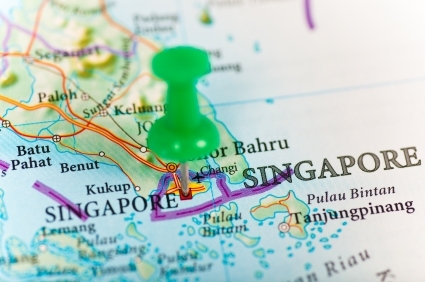
ASEAN countries' GDP growth rates to hit 3-8% over the next 5 years
Their CAGR will hit 5.1% from 2017 to 2021 collectively.
According to EY, global and regional investors remain vested in ASEAN. Despite wider challenging economic externalities, ASEAN was noted to have become a focal point of global investor interest, with total trade having increased steadily by a compound annual growth rate (CAGR) of 6.4% to US$2.3t in 2015.
The relatively stable economies in ASEAN are said to underpin investor interest. In addition, ASEAN’s member countries are expected to post healthy gross domestic product (GDP) growth rates of 3-8% over the next five years.
Member countries are expected to enjoy a CAGR of 5.1% from 2017 to 2021 collectively. In particular, the emerging markets – Cambodia, Laos and Myanmar – are expected to grow above 7%, while the developing markets of Indonesia, Malaysia, Philippines and Vietnam are projected to generate a steady CAGR of 5-6%.
“At a time of volatility in various parts of the world, ASEAN may well be the prized ecosystem of certainty, consistent and resilient economic growth. The region is well-positioned to be a growth nucleus in Asia, even as China and India continue to power ahead,” said Dato’ Abdul Rauf Rashid, EY Asean Assurance Leader.
Here’s more from EY:
Foreign direct investment (FDI) inflow into the region achieved double-digit CAGR of 11.5% in the past decade up to 2015. While extra-regional investments accounted for over 80% of total FDI, it is noteworthy that the growth rate of intra-regional investment was almost double that of extra-regional FDI.
Nearly two-thirds of the foreign investments were in the services sector, predominantly the financial and insurance segments. The key extra-regional FDI contributors were from the US, Europe and Japan, and these investors and regional titans are expected to remain keen on the region.
Over two-thirds (68%) of the M&A deals in ASEAN from 2010 to 2016 were either intra-ASEAN or inter-Asia-Pacific, reflecting the strong appetite in the region. The most active sectors were consumer, energy and financial services.ASEAN’s rapid economic transformation continues to fuel appetite for infrastructure development. Significant infrastructure investments are estimated at US$110b per annum until 2025. The key areas of infrastructure investment include multimodal transport connectivity to improve logistics efficiency, utilities infrastructure and infocomm and technology projects.
























 Advertise
Advertise






